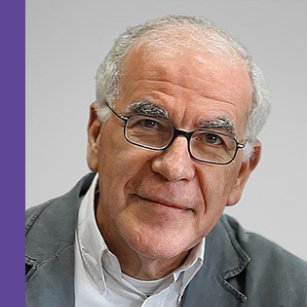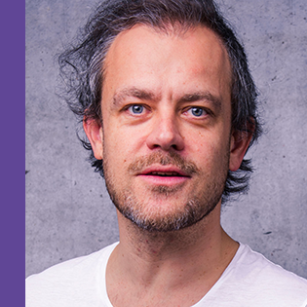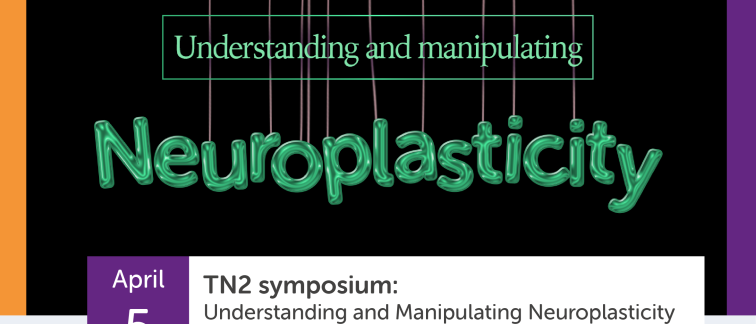This event will be a great opportunity for you to meet industry partners, and connect with other investigators. We are pleased to welcome you at Amsterdam Science Park for a day filled with educational and inspiring lectures and presentations.
Make sure to register to join us on April 5.
Program
09.00 - 09.20
Entrance, coffee and opening event
By Guus Smit and Menno Schoonheim
09.20 – 10.15
KEYNOTE LECTURE I
Neuroplasticity, a historical perspective
Keynote lecture of Dick Swaab
10.30 - 11.30
Neuroplasticity across the lifespan
Presentations by Rinze Neuteboom and Mara Rocca
11.30 - 12.30
Targeting neuroplasticity with neurostimulation
Presentations by Debby Klooster and Martijn Arns
12.30 - 13.00
Three 10-minute selected Poster Presentations
13.00 - 14.30
Lunch break & Poster Market
14.30 - 15.15
Industry Alliance I: Using MEG in neuro-oncology
Presentation by Arjan Hillebrand and Amit Jaiswal of MEGIN
15.15 - 16.15
KEYNOTE LECTURE II
The modulation of brain functional connectivity across multiple scales
Keynote lecture of Valentin Riedl
16.15 - 16.30
CANDIDATE Center
Presentation by Pieter van Bokhoven and Ruud Wijdeven
16.30 - 16.35
Poster award
16.35 - 18.00
Drinks
Keynote Lectures
Alongside many interesting presentations, two keynote lectures will be held during this event. First, professor Dick Swaab will take us on a journey through time on neuroplasticity. Then, as a closing lecture of the day, Professor Riedl will connect the two themes (synaptic plasticity and TMS) we have spend the whole day with in his lecture.
Keynote Lecture I: Dick Swaab

Short abstract
Santiago Ramón Y Cagal (1894) used the term ‘plasticity’ in relation to adaptation to the environment in development. Plasticity is the capacity of the brain to change. Modifiability of the brain in development is extensively present in all its components, and takes place in interaction with the environment during critical periods (Lorentz, 1935). Michele Vincenzo Malacarne (1793) proposed that an enriched environment would stimulate the number of cerebellar folia. Darwin (1871) found that wild rabbits had 20-30% larger brains than the ones in captivity. Rosenzweig and Diamond only elaborated the experimental paradigm of an enriched environment in development and adulthood on synapses and glia cell numbers much later (1962-1985).
Concerning adult plasticity Cagal’s first opinion was ‘that once development is completed, the sources of growth and regeneration of axons and dendrites are irrevocably lost’. However, later (1928) he described regenerative processes after lesions. Adult neurogenesis, was shown in the rat by Altman and Bayer (1962-1982), but strongly denied for decennia by Rakic (1962-1999) and is still in discussion for the human brain.
Cajal (1928) already hypothesized that adult plasticity would have a significant role in memory formation. Hebb (1948) proposed that the co-incidence of pre- and postsynaptic activity would be the basis for this process. Although Golgi described peri-neuronal nets already in 1882, their role in closing off critical periods and in learning and memory becomes only recently apparent It should be noted that plasticity in adulthood is not only limited but can also be non-adaptive and e.g. cause phantom sensations and pain.
Keynote Lecture II: Valentin Riedl

Short abstract
The human brain is a powerful information processor, composed of a densely interconnected network of neurons and synapses. Non-invasive brain imaging can provide a macroscopic description of the brain's functional connectome, but the underlying signaling dynamics remain largely unknown. In my talk, I will discuss two recent projects that examined the stability of
functional connectivity on a macro-scale and the molecular mechanisms of signaling pathways on a micro-scale. We discovered that the same brain stimulation applied to different network nodes had contradictory effects on the stability of the connectome.
Furthermore, we found that humans expend a significant amount of energy on the slow neuromodulator activity of signaling pathways. Overall, the functional connectome offers a reliable account of the communication pathways within the human brain, though there are numerous dynamic processes yet to be explored.

